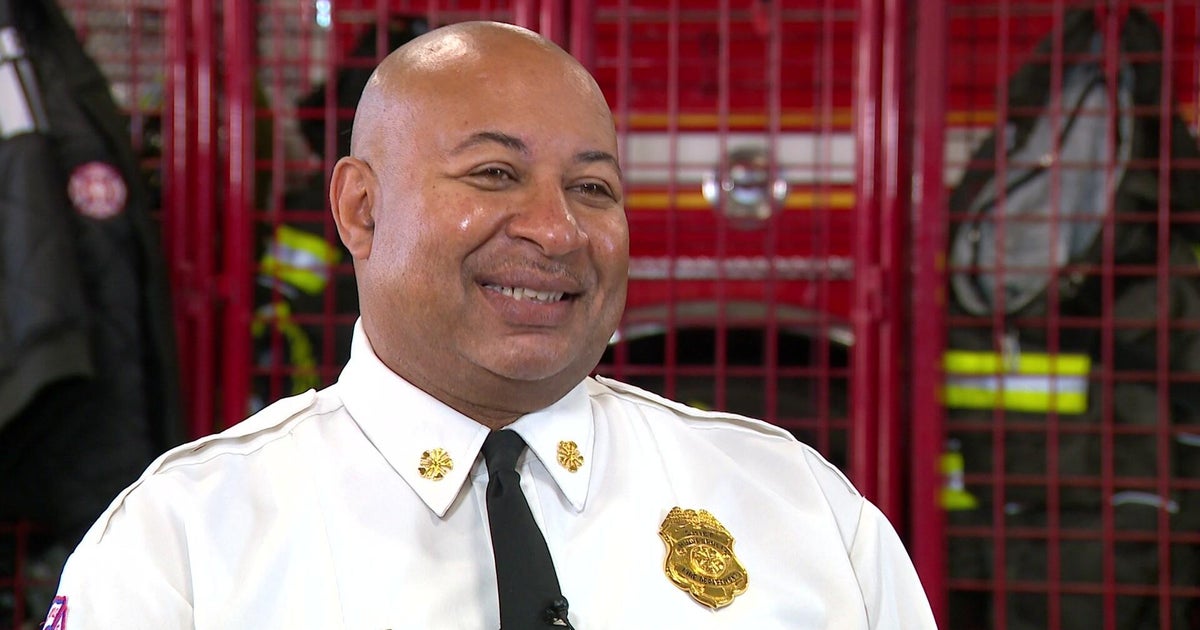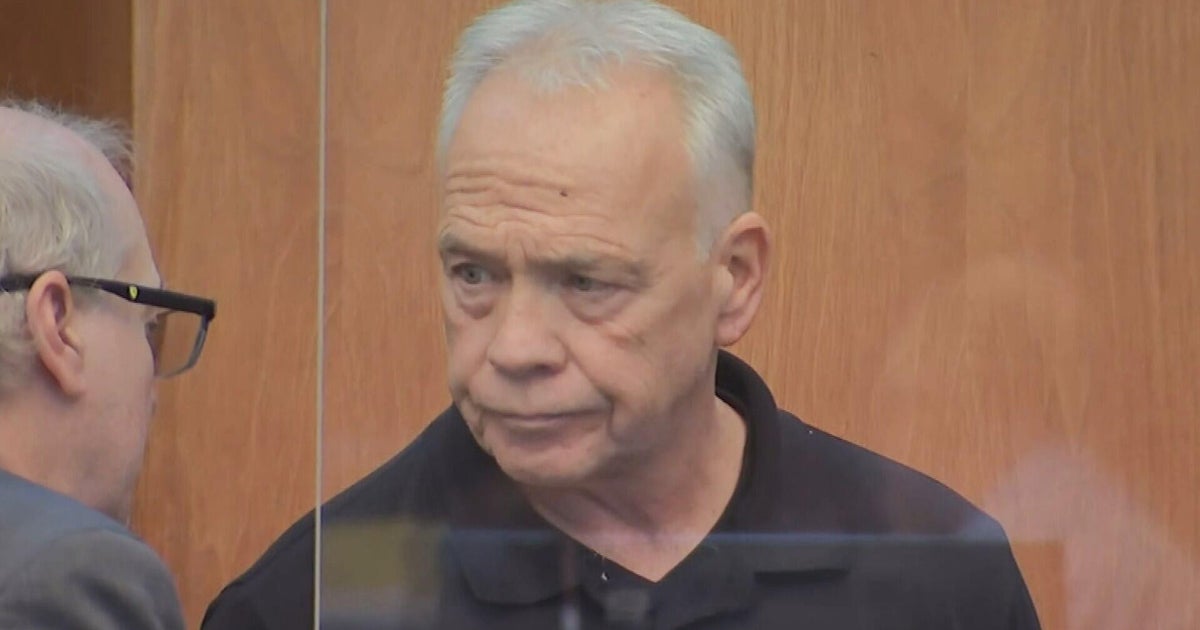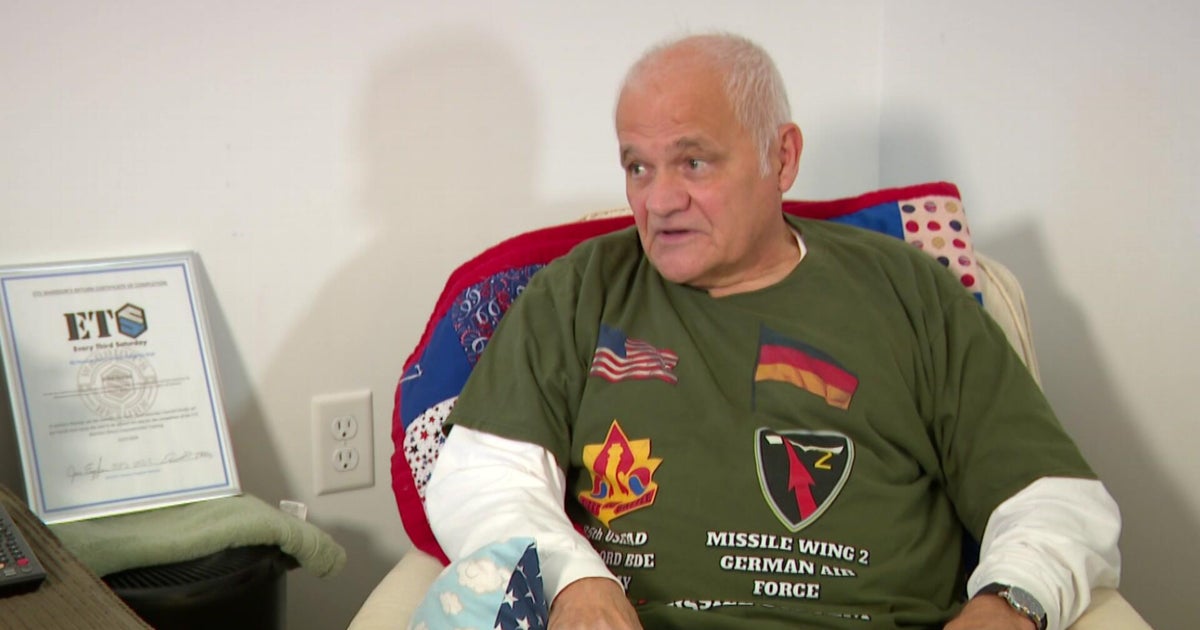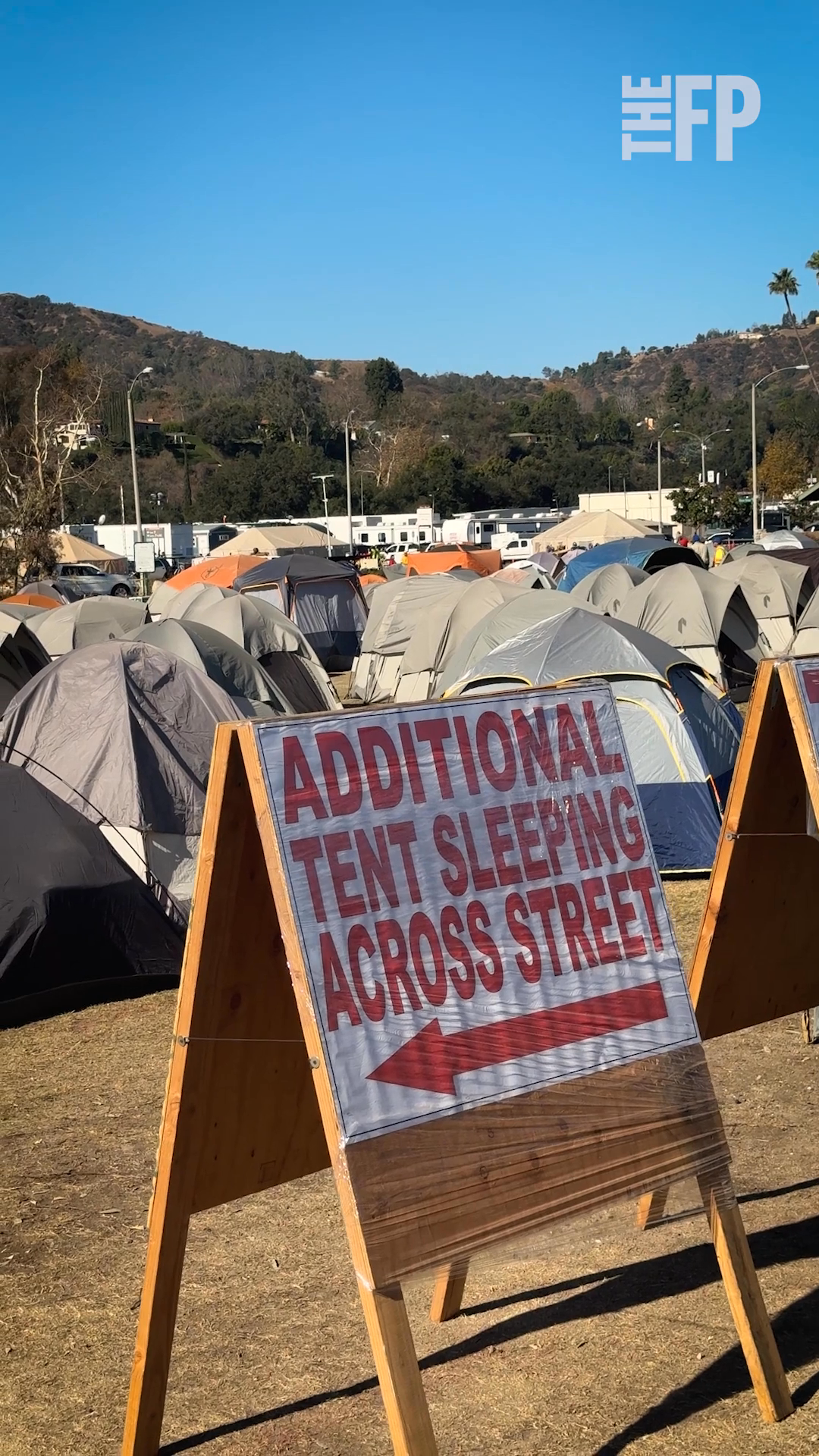For firefighters, emotional stress often the deadliest enemy
VERO BEACH, Fla. -- Battalion Chief David Dangerfield’s nickname was “Super Dave,” a moniker the veteran firefighter had earned over the years for his cheerful, get-things-done personality. The leader of a fire department dive team in a quiet Florida beach community of 15,000 volunteered for charities helping kids and families and was the 2013 Treasure Coast Emergency Service Provider of the Year.
But one Saturday night last month, Dangerfield posted a Facebook message that revealed a world of pain behind the brave facade.
“PTSD for Firefighters is real. If your love (sic) one is experiencing signs get them help quickly. 27 years of deaths and babies dying in your hands is a memory that you will never get rid off (sic). ... My love to my crews. Be safe, take care. I love you all.”
He then drove to some woods, called 911 and told the dispatcher where his body could be found. He hung up and fatally shot himself. He was 48.
Dangerfield’s death shined a light on firefighters who suffer post-traumatic stress disorder, a problem most often associated with soldiers returning from war. Firefighters are finding that their long tradition of silent stoicism, and the belief that talking about one’s demons is a sign of weakness that could isolate them from colleagues, has left many of them psychologically and emotionally damaged.
The Firefighter Behavioral Health Alliance estimates about 30 percent of the nation’s 1.3 million career and volunteer firefighters suffer from PTSD, with 132 suicides by active and former U.S. firefighters and paramedics reported last year. Officials believe those numbers are low because of misclassifications. Studies show firefighters are three to four times more likely to kill themselves than die in on-duty accidents.
There have been recent national efforts to train firefighters to recognize PTSD and to remove the stigma of seeking help.
But even knowledge can’t save everyone.
David Dangerfield became a firefighter in the 1980s, advancing through the ranks to a top position in the Indian River Fire Rescue Division in Vero Beach, a town of 15,000 known for its quiet beaches, retirees and as the Dodgers’ former spring training grounds. Dangerfield founded and ran the firefighters chili cook-off for charity.
His team’s work sometimes made the local news. He and a colleague found the severed body of a 9-year-old boy who had been attacked by a shark. He and his partners pulled mangled bodies from a small plane crash in a remote swamp and then sat with the corpses for hours before they could be removed. In 2014, Dangerfield recovered the body of a 16-year-old bicyclist who had been knocked off a bridge and into a lagoon by a car.
He told the Vero News that firefighters feel the families’ pain.
“It’s difficult for us, too,” he said. “It sticks with you.”
Retired firefighter Blades Robinson, a dive team buddy, said Dangerfield had some difficulties over the past couple of years, including a divorce, but had been undergoing PTSD counseling. He had been promoted last year, bought a new house and truck. He seemed like his normal self.
“We were all blindsided by his death,” Robinson said.
Scott Geiselhart, a firefighter in Frazee, Minnesota, fought the same demons Dangerfield did - and would have died the same way but for some incredible luck.
Geiselhart was viewed as a pillar of his community in Frazee, a town of 1,300 people tucked among the area’s abundant lakes and home to “Big Tom,” the world’s largest turkey statue. He owned the local auto repair shop and was an assistant chief with the volunteer fire department, leading the crew that removes people when they are trapped, particularly after car accidents.
Geiselhart often found himself rescuing friends and neighbors. One night he chatted up a bartender about a necklace she was wearing. The next morning he pulled her body from her car’s wreckage and found the necklace in the debris.
In 2010, Geiselhart and his team rescued a teenager who had driven into an icy swamp. He appeared to be recovering in the hospital.
“Everything went perfect: It was an awesome, awesome rescue. It was just wow,” said Geiselhart, 47. “I was celebrating, saying, ‘We finally saved one.’” A month later, the teen died from a lung infection caused by inhaling water. Geiselhart blamed himself.
It wasn’t long before the nightmares began, mostly about his two sons.
“They would be burning to death or falling out of the sky and landing in the water and turning to me for help and I was paralyzed. I couldn’t help them. Or they would be in a car accident and the jaws of life wouldn’t work or my arms wouldn’t work,” he said. “So I just decided I was never going to sleep again.” He started taking meth to stay awake. It made his PTSD worse.
Everywhere he looked in town, something reminded him of someone he had seen dead or dying. He began yelling at his girlfriend and kids. He spent 23 hours a day at his repair shop, but spent much of his time staring at his surveillance monitor.
Finally, in 2014, he took his Smith & Wesson .44 Magnum, loaded it with six bullets, put it to his head and pulled the trigger. Click. The gun didn’t fire.
“I think it was God using my favorite gun to get my attention,” he said. Geiselhart got help. He underwent psychotherapy, eye-movement desensitization and reprocessing, sometimes used to treat soldiers suffering from PTSD. It worked. He stopped using meth. He stopped being angry, even though he lost his auto shop. He’s still a volunteer firefighter.
“What’s weird is that I’m in the worst financial shape of my life but I am the happiest I have ever been because I got my life back and I know there is a future,” he said. “Something inside me is at peace.” He now speaks to firefighters groups, urging them to seek help before it’s too late.
“I know how much strength it takes,” he said. “It is far from a weakness.”





